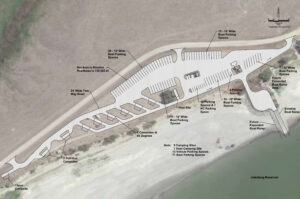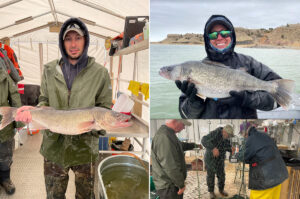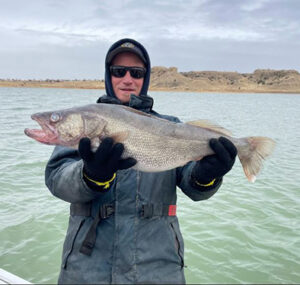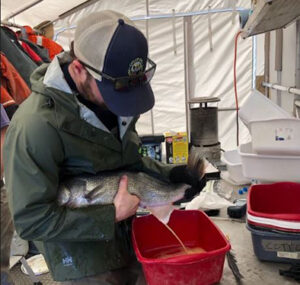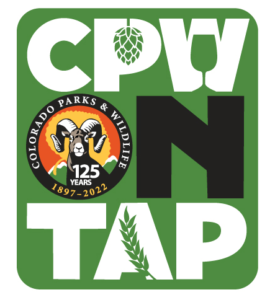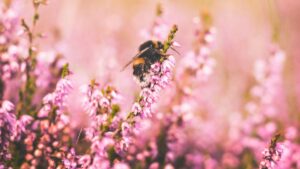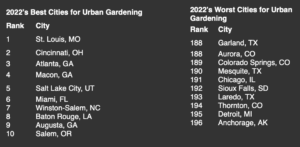A draft of construction plans for the parking lot and campsite improvements that will begin next week, the last week of March.
BRUSH, Colo. – Starting next week, Colorado Parks and Wildlife will be making parking and campsite improvements at the Jumbo (Julesburg) Reservoir State Wildlife Area (SWA) to enhance the visitor experience and alleviate safety concerns.
The $145,000 project will take place at the east boat ramp. The improvement project will develop defined parking spaces for up to 71 boat trailers, 12 additional day-use personal vehicle parking spots and nine traditional campsites.
“Over the last three or four years, and especially with the spike in outdoor recreation that we’ve experienced during COVID, we were finding on our busy weekends that the day-use and boat trailer parking was spilling out onto the county road,” said Area Wildlife Manager Todd Schmidt. “We appreciate the opportunity to work with the county to alleviate a potential safety issue there. For our water-based recreationists – boaters and anglers – I think they will appreciate the improvements because more people will have the opportunity to park a trailer in a reasonable fashion.”
Jumbo Reservoir will open to boating on Friday, April 1. For the first half of April, the reservoir will be open to boating on weekends only, Friday through Sunday (being open April 1-3 and 8-10). The Aquatic Nuisance Species (ANS) inspection station hours of operation will be from one half-hour before sunrise to one half-hour after sunset.
The schedule would be that the reservoir will open to boating seven days a week starting on Friday, April 15. The ANS inspection station will operate with the same hours, one half-hour before sunrise to one half-hour after sunset, daily, at that point.
CPW has prioritized work with contractors to finish the boat and trailer parking area first to minimize impacts at the boat ramp.
“Typically, the first couple of weeks in April are slow, but towards the end of April we get a lot of boats on the reservoir,” Schmidt said.
Jumbo Reservoir currently has four campgrounds – Boy Scout, Ditch Rider, East and West – all considered dispersed camping on a first-come, first-served basis.
The installment of nine established campsites at the East campground will shift it from what previously had been a dispersed camping area into one with designated sites. Each of the nine sites will have a high-use pad that can fit up to two tents, a picnic table and fire ring. Each site would be able to accommodate one trailer or two vehicles.
This East campground will remain on a first-come, first-served basis. No water or electricity will be available in the campground.
This campground will remain closed until construction is complete.
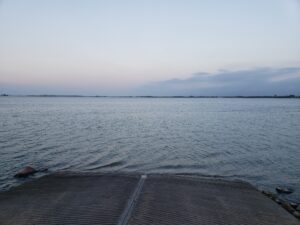
Jumbo Reservoir SWA is located in Logan and Sedgwick Counties. From I-76 take Exit 155 and head three miles north to Highway 138. Take Highway 138 one mile northeast to County Road 95. Take County Road 95 two miles north to the reservoir.
The state wildlife area offers hunting for rabbit, pheasant, waterfowl and doves, camping and wildlife viewing, but its main attraction is fishing.
Anglers are treated to excellent fishing for walleye and crappie, as well as quality fishing for channel catfish, smallmouth bass and bluegill. Fishing pressure at Jumbo Reservoir is moderate to high.
For more fishing insight on Jumbo Reservoir, which includes stocking and fishery management information, please visit our recently published fish survey summary.
A valid hunting or fishing license OR SWA pass is required for everyone 16 or older accessing this state wildlife area. The annual SWA pass costs $36.71 and is valid from April 1 through March 31 annually. Permits are available from any Division licensing agent, with CPW’s Brush office, Jackson Lake State Park or North Sterling State Park being the three closest licensing distributors to Jumbo Reservoir SWA.

